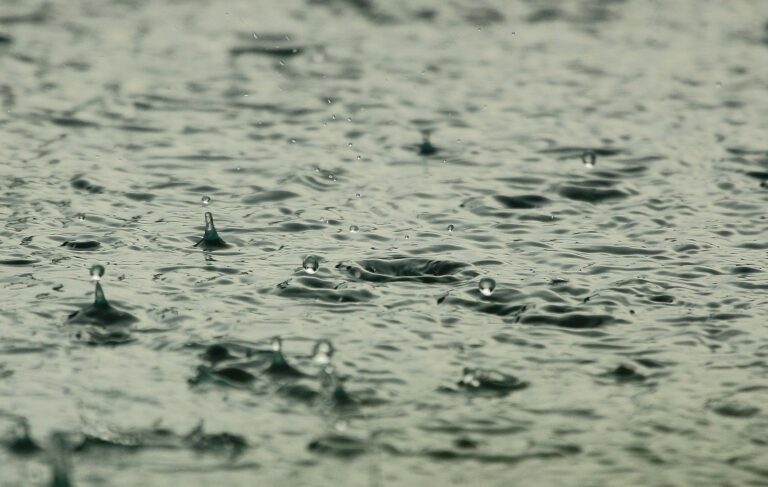The University of Alabama (UA) has approved the creation of a new Global Water Security Center, which will be part of the Alabama Water Institute, and will provide decision makers with reliable information, ground-breaking research, applied scientific techniques and best practices for water quality and availability.
In alignment with the Alabama Water Institute’s mission to carry out cutting-edge and applied research and to train the next generation of scientists to provide actionable, novel solutions for a more water-secure world, students at the new center will benefit from the its focus through engaging in research, experiential learning and opening career opportunities.
Along with student research assistants funded through external grants and contracts, the center is expected to impact hundreds of UA students in water-related undergraduate and graduate degree academic programs across campus.
“The Global Water Security Center extends academic research into the realm of operations and will enable UA to be at the forefront of predicting how changes in water security impact the geopolitical sphere,” said Scott Rayder, executive director of the Alabama Water Institute. “This ability to see water in a strategic context will provide planners in government and the private sector with a new range of tools to enhance security and help communities better serve their citizens.”
Mike Gremillion, an experienced weather professional in the military and intelligence communities, will lead the Global Water Security Center while continuing as deputy director of the Alabama Water Institute.
According to Gremillion, despite numerous government reports and scientific studies highlighting the need to focus on the growing threats of the water-related crisis posed by a growing population coupled with environmental and physical changes, no comprehensive organization exists to provide the service UA can provide through the Global Water Security Center.
“UA researchers will be at the leading-edge in providing transformative and strategic information to understand threats to water security and identifying opportunities to address the interconnected challenges to water and environmental stability,” Gremillion said.



